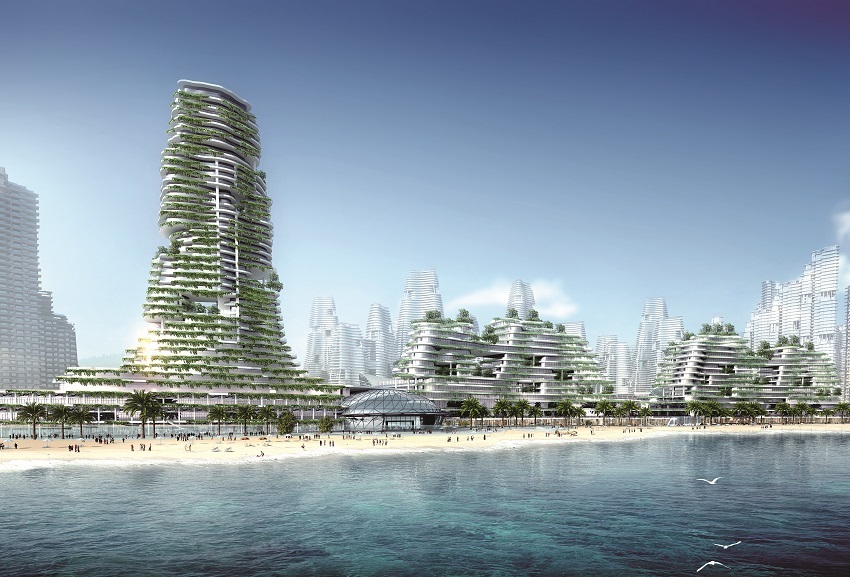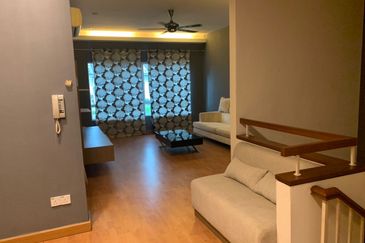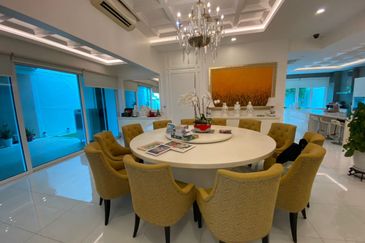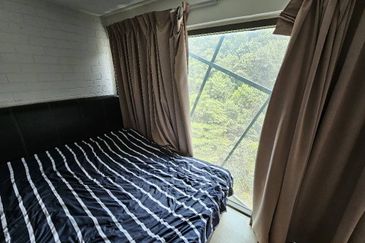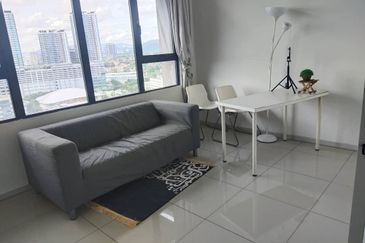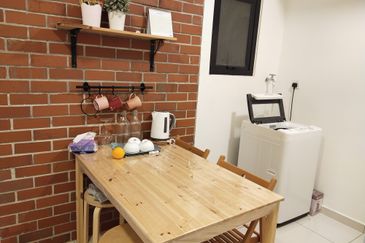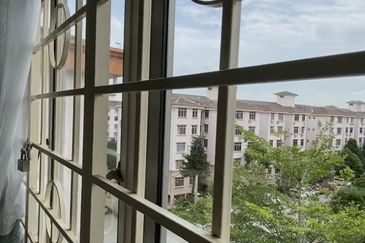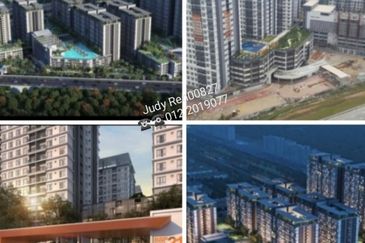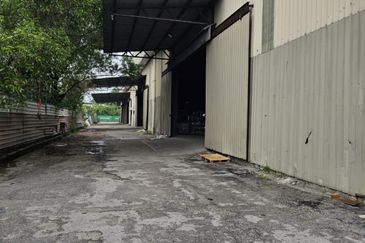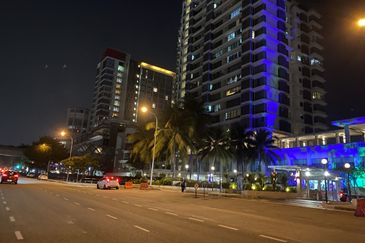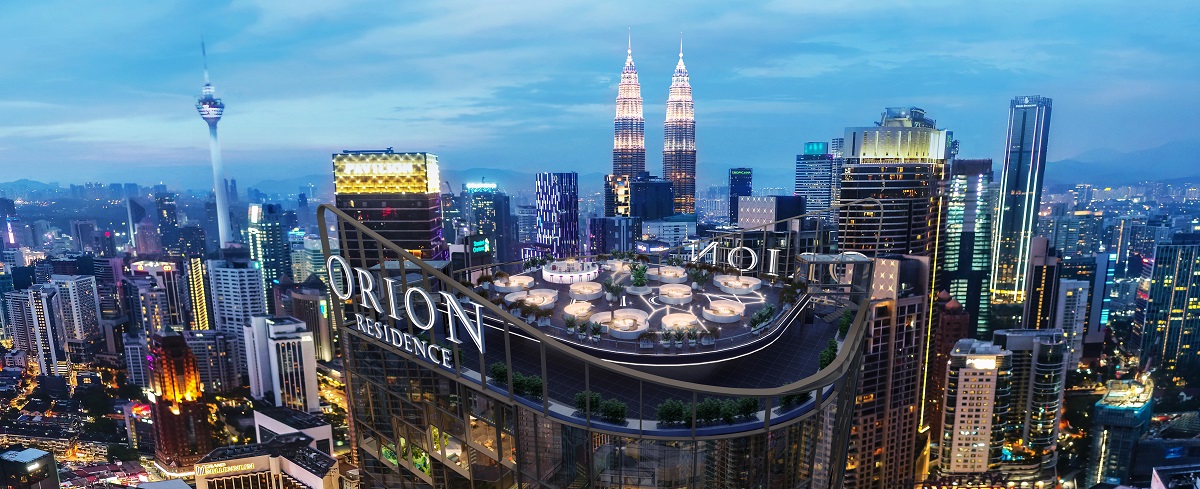AS in other locations across the country, developers in Iskandar Malaysia are introducing new design features with their product offerings. The buzzword is sustainability.
Apart from selecting the right building materials to ensure durability, UEM Sunrise Bhd also pays attention to the design of its properties — for example, optimising the building’s orientation to integrate natural daylight and ventilation. Managing director and CEO Anwar Syahrin Abdul Ajib says that during the initial stage of earthworks, ample consideration is given to minimising earth cutting by preserving as much of the original terrain of the land as possible.
The environmentally friendly features are evident at Nusajaya’s Southern Industrial and Logistics Clusters (SiLC), in particular at the X-Sentral building in the Bio-XCell Bio-Technology Park, developed jointly with the Malaysian Biotechnology Corp. The green features here include rainwater harvesting, where rainwater is collected by roof gutters and channelled to a tank in the basement of the building.
The collected rainwater is then piped to all garden taps by a pump, which automatically turns on when the tap is turned on. This reduces the need for water from Syarikat Air Johor for maintenance purposes, says Anwar Syahrin.
In addition, the building boasts 10kw capacity solar panels on its rooftop. “The collected solar energy is fed to an inverter and then fed back into the X-Sentral electrical system,” says Anwar Syahrin.
S P Setia Bhd’s projects in the region — Setia Eco Gardens and Setia Eco Cascadia — also feature sustainable architectural designs that maximise the usage of natural lighting and promote air ventilation. “The townships boast low-density housing areas and wide roads to improve quality of living,” acting president and CEO Datuk Khor Chap Jen says, adding that Setia Eco Gardens was the winner of the 2009 International Fiabci Prix d’Excellence Best Masterplan Award.

Relatively new to the region, Country Garden Holdings is cognisant of the importance of sustainability in its developments, more so for its upcoming project — the 3,425-acre Forest City, located on four reclaimed islands. Assistant regional president Dr Yu Runze says Forest City is envisioned to be the prime model of future cities.
“Every aspect of the master plan for Forest City follows a holistic model of sustainability in which economic, social, and environmental factors are carefully considered and incorporated. Through our collaboration with Sasaki Associates, a comprehensive conceptual master plan has been done,” he says.
Three main features have been introduced as part of the green living concept — multi-layer transport, vertical greening and diverse waterfront edges. Elaborating on these features, Yu says, “Forest City will be connected by a transit network consisting of multiple lines of light rail, electric bus, bike network and ferry, as well as a pedestrian-friendly street system.
“The primary roads at Level 1 serve as a high-speed connection for the neighbourhoods and different islands, while Level 2 consists of abundant parking spaces, with the living street as the primary connector. The light rail and electric shuttle run at this level, connecting people across the islands.
“The surface level consists of residential podium courtyards, which are directly accessible from the residential units. They also create a continuous car-free public realm for all citizens of Forest City.”
Almost all of the buildings within the development are envisaged as vertical gardens, thus creating a “tropical metropolis”, says Yu. “It is not only a value-add in terms of landscaping and scenery, but a huge plus for Malaysia’s push towards sustainability. The vertical greening functions as a ‘thermostat’ to reduce urban heat, while the plants are the natural ‘filter’, purifying the air [both indoors and outdoors],” he says, adding that Country Garden has already applied this concept in Guangzhou, China.
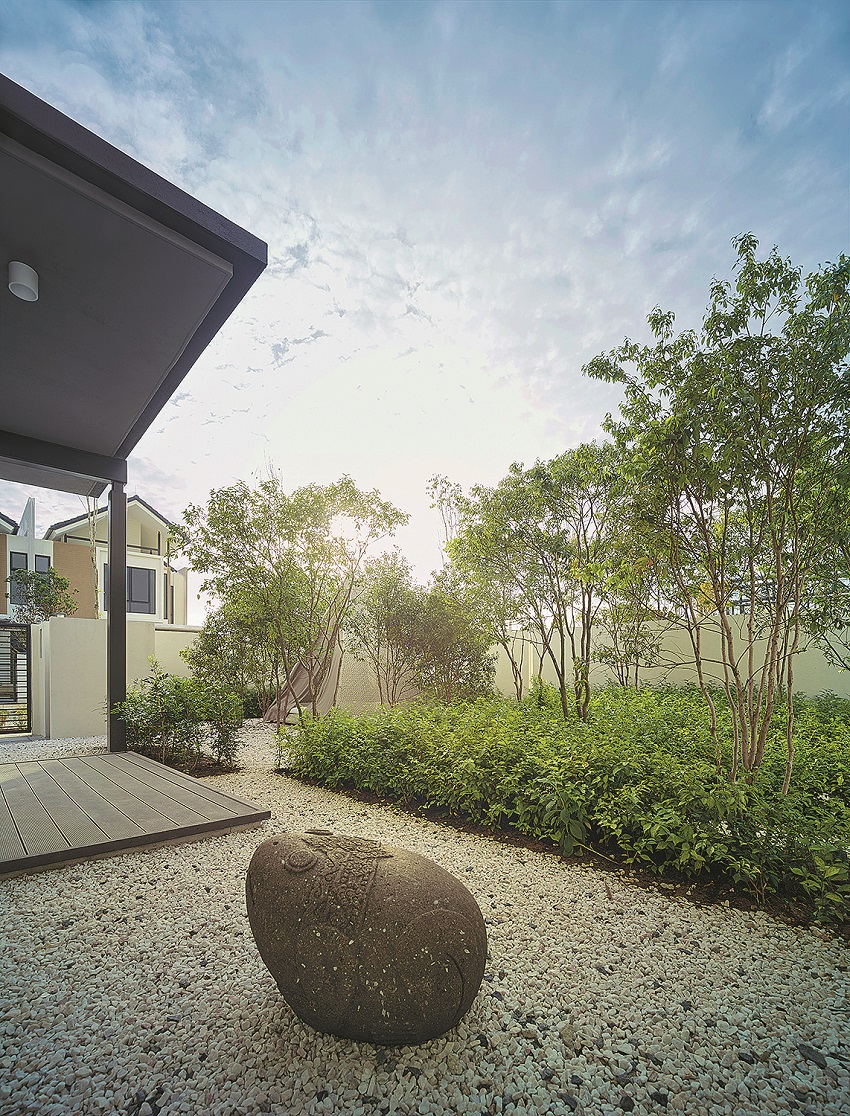
“We have witnessed and recognised the benefits of such a design, and would like to extend this to the entire Forest City,” he says.
Country Garden is aware that any existing ecosystem would be threatened by a sudden influx of development.
Thus, it has invested considerable effort into creating a sustainable urban model by integrating the local ecosystem, biodiversity and climate.
“We try our best to preserve and protect the ecosystem. This is how we create value and a unique identity for Forest City. One of our main features is the diverse eco-design of our coastline, which transforms the coastline into a public space that is well integrated with the surrounding environment. This feature adds amenity value to the four islands while providing the ecosystem with multi-layer protection,” says Yu.
Wellness and lifestyle
Developers are also looking at sustainability in their projects from a lifestyle point of view. Eastern & Oriental Bhd general manager of operations (JB) Benjamin Ong says the thrust of its 207-acre mixed-use development, Avira, is anchored on the concept of wellness.
“Towards this end, we are working to infuse a range of elements that will collectively result in a sustainable, holistic living environment for the residents of Avira. One of the approaches we are adopting is to leverage the rejuvenating effects of nature by connecting people to the environment.
“For instance, we are planning to create a 1.6km boardwalk on the perimeter of Avira to link residents to the natural mangrove forest that fringes the development. Across the master-planned development, you can expect to see lush greenery and landscaping that follow the natural flow of waterscapes and contours of the land.
“A vital facility towards promoting a sustainable, holistic living environment for residents of Avira will be the expansive 12.5-acre Wellness Sanctuary, the heart of the development. By having this facility within the development itself, we are providing residents with convenient access to a range of holistic wellness programmes, literally right at their doorstep.”
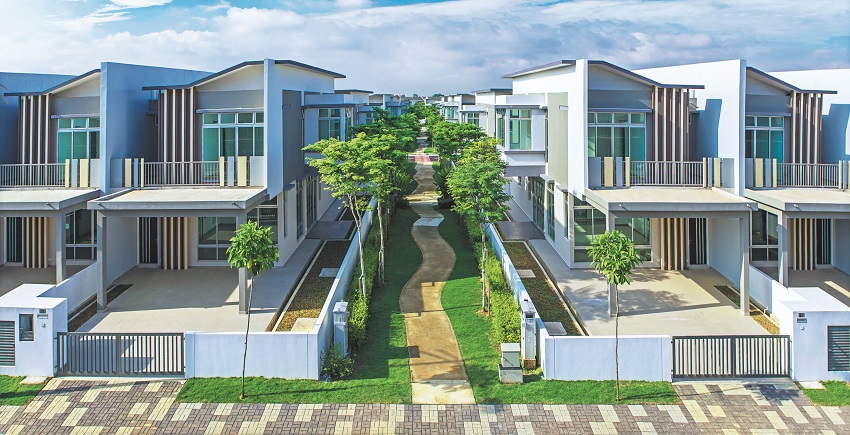
The developer is also looking at sustainability in the context of promoting strong community ties through the conceptualisation and design of the common space. “In the case of Avira Garden Terraces, for instance, the green linear back lanes are expected to provide a conducive setting for people to gather and socialise. In fact, the whole of Avira, when completed, will be connected by paved, tree-lined walkways and pocket parks that serve to further promote community spirit within the development. Apart from community building, these features are designed to promote the walkability factor in line with the wellness ethos of Avira,” he says.
“The homes at Avira are designed to optimise liveability conditions for dwellers. For instance, at Avira Garden Terraces, we have created a layout that projects a sense of spaciousness while promoting cross-ventilation and optimal inflow of natural light. This is further complemented by a seamless flow between indoor and outdoor spaces with lush landscaping and an open courtyard feature that breaks the monotony of walls and concrete.”
Click here to look at some properties in Johor.
This story first appeared in The Edge Malaysia’s “Iskandar Malaysia Special Report” on Nov 9, 2015. Subscribe here for your personal copy.
TOP PICKS BY EDGEPROP
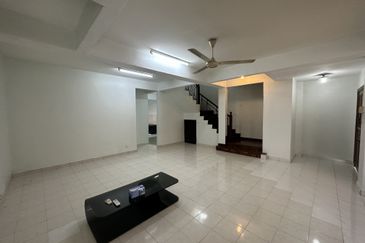
Seksyen 7, Kota Damansara
Kota Damansara, Selangor
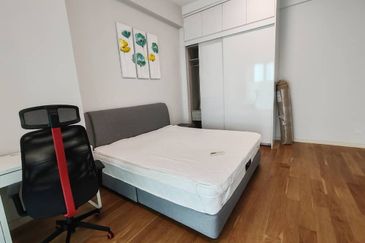
Vogue Suites 1 @ KL Eco City
Bangsar, Kuala Lumpur

Dorsett Residence, Sri Hartamas
Sri Hartamas, Kuala Lumpur

Damansara Heights (Bukit Damansara)
Damansara Heights, Kuala Lumpur
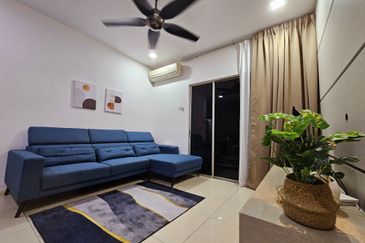
Paradesa Tropica
Bandar Sri Damansara, Selangor
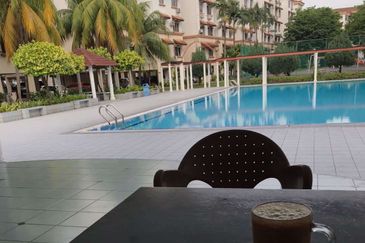
Subang Perdana Goodyear Court 10
Subang Jaya, Selangor
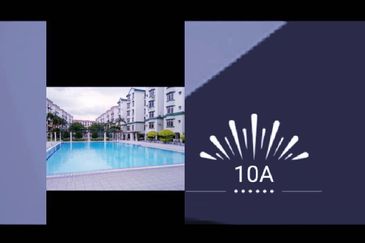
Subang Perdana Goodyear Court 10
Subang Jaya, Selangor

